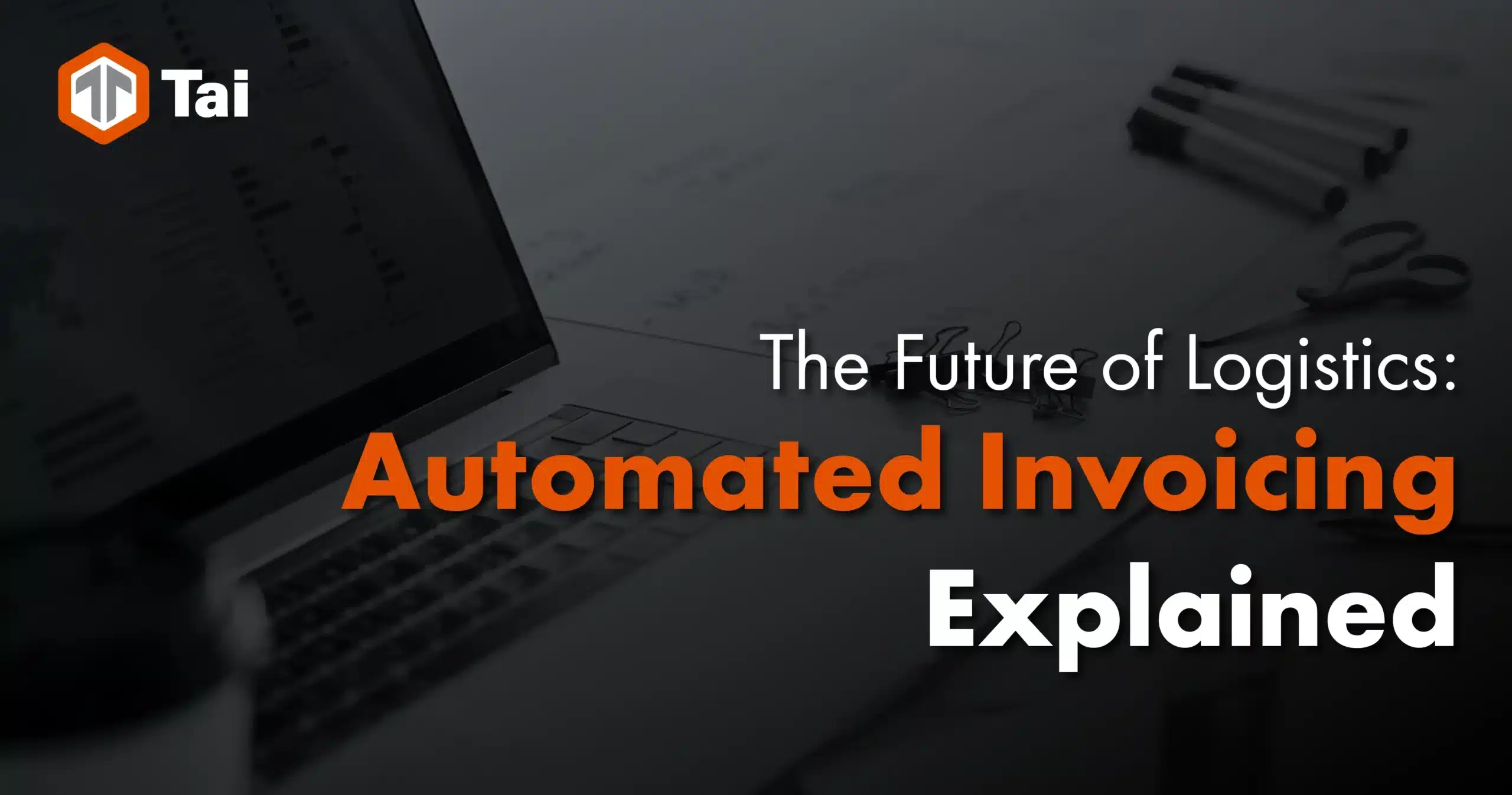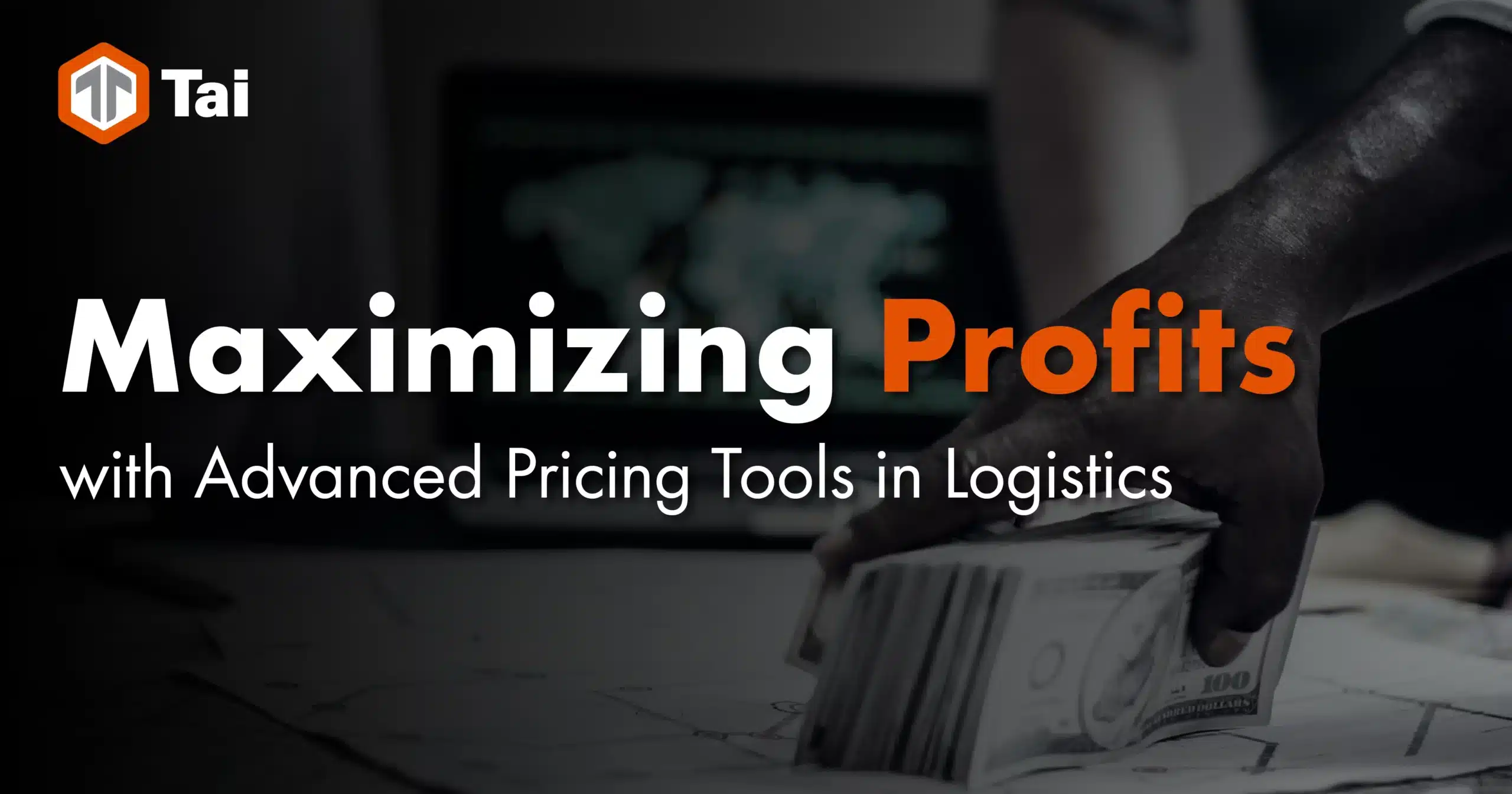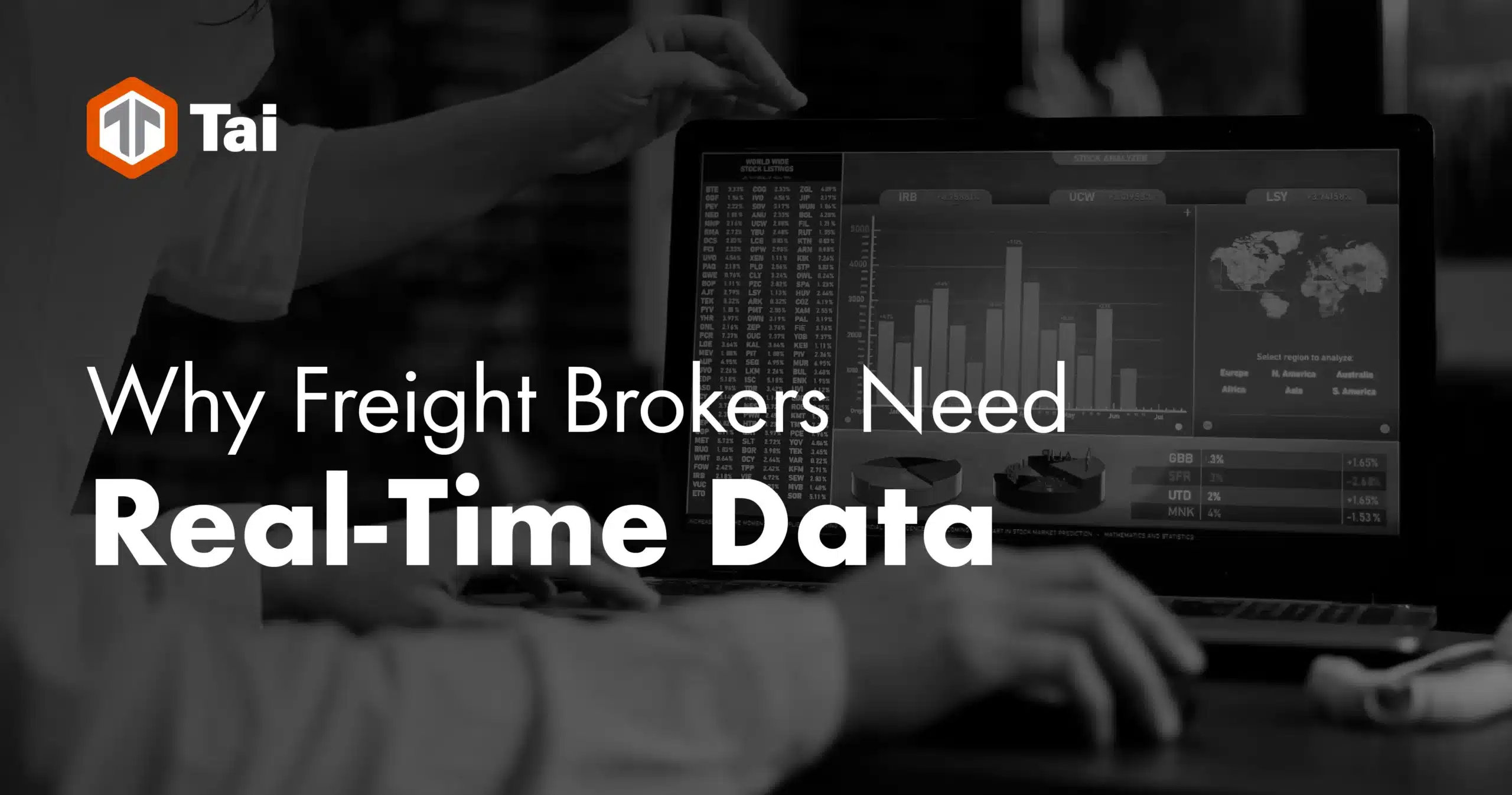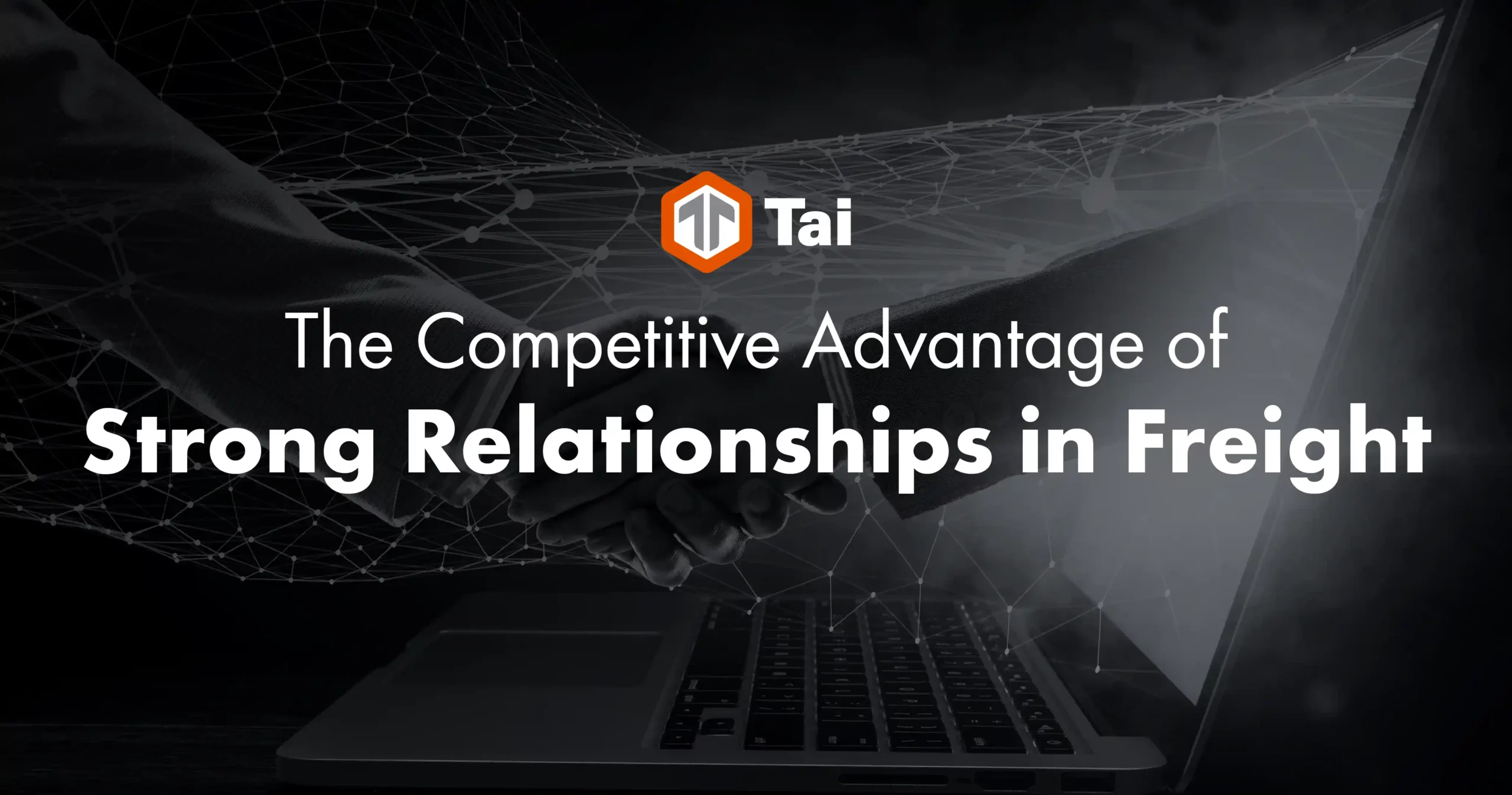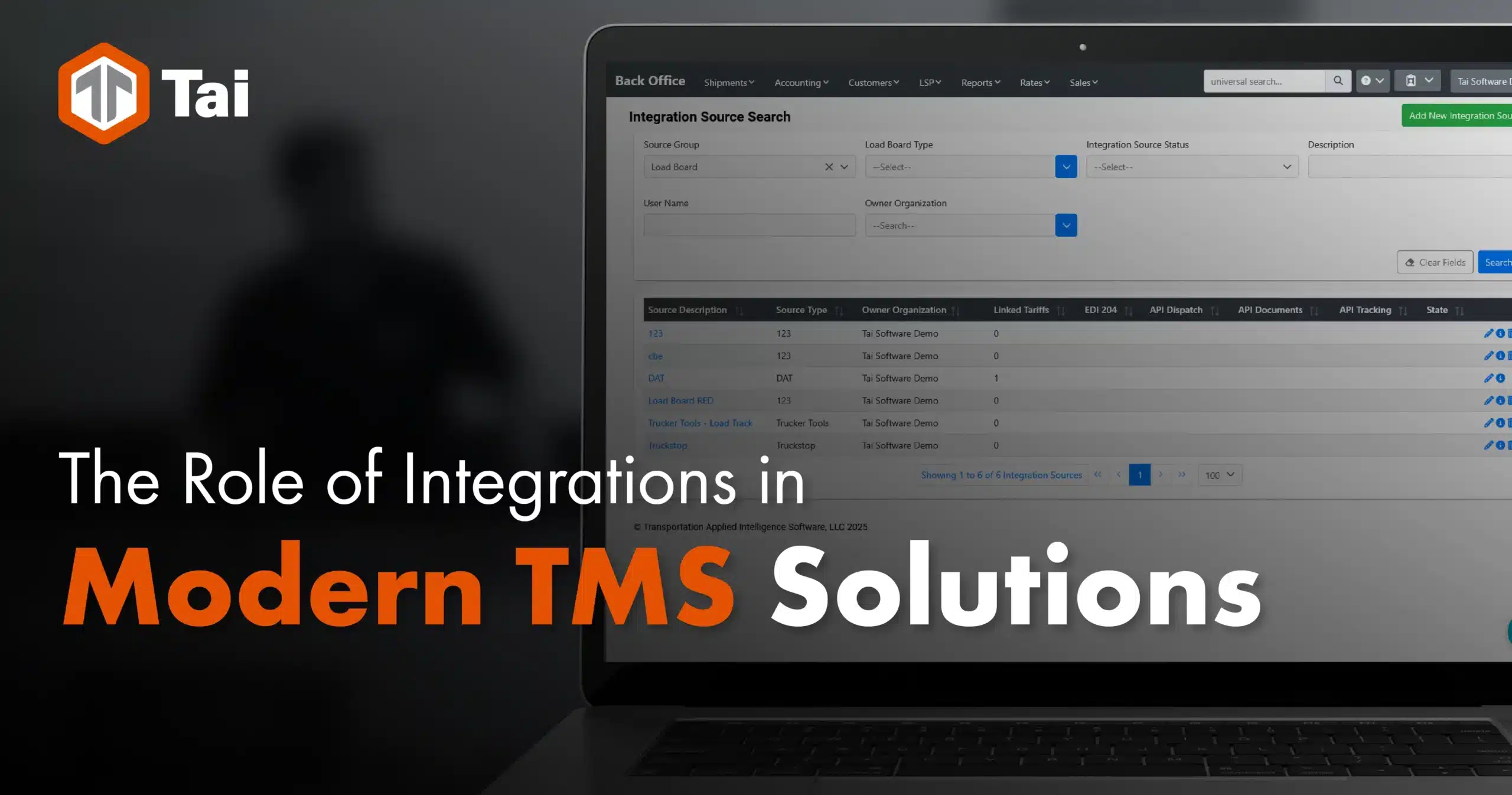As its name would suggest, Less-than-Truckload (LTL) refers to shipments that don’t need the entire space of a trailer. When it comes to carriers, they can be divided into Full Truckload (FTL) or LTL. The LTL carriers can further be divided based on the service specialization they provide. Among these, we can include transit, lift gate, residential pickups and deliveries, freeze protection, guaranteed services, and parcel carrier services.
The main reason people choose LTL is to put together smaller shipments and send them alongside other people’s loads. This allows shippers to move their goods more efficiently and economically than with FTL freight. But aside from the economic benefits, there are other reasons why LTL freight shipping might be more advantageous that you might not be aware of.
Top Advantages of LTL Freight Shipping
At first glance, the fastest way of transporting goods is to have a shipping company pick the goods up and transport them directly to the desired destination. Unfortunately, this isn’t always the most economical choice. In many cases, the cheaper, more eco-friendly, and the less fuel-intensive option is LTL. Although LTL may sometimes be slower than direct FTL shipping, LTL allows for better cost and fuel efficiency. Furthermore, modern digital technologies allow for LTL shipping times to get closer and closer to FTL.
Shipping Cost
One of the most significant advantages of LTL freight shipping is reducing the shipping cost. This transportation method reduces the overall shipping costs by batching multiple smaller loads from various clients into one. As mentioned before, this is done by putting various smaller loads together into the same shipment.
If the carriers were to ship goods client by client, they wouldn’t be able to fill all of the trucks to their maximum capacity. By limiting these loads together, LTL saves on transport costs while also providing similar services like FTL.
As every LTL carrier pulls together multiple shipments into a single transport, every shipper ends up paying only a fraction of the cost of using the truck or trailer. Carriers tend to offer better LTL shipping rates than even parcel carriers.
Also, some accessory services are available from LTL carriers that are not typically provided by FTL carriers. These services usually include lift gate at pick up or delivery, non-commercial (residential) pickup and delivery, inside delivery, notification to delivery, freeze protection, and others.
Cost Savings via LTL Pool Distribution and Pool Consolidation
If there is enough volume to a shipment, FTL is typically the way to go. If, on the other hand, there’s not enough volume, a usual alternative is putting multiple stop truckloads together. There are clear opportunities to be had wherever multiple stop truckloads are appropriate. Yet, if the details of an individual situation aren’t taken into consideration, businesses may incur additional costs. Additionally, putting together multiple-stop truckloads can be pretty challenging.
To make these types of truckloads economically viable, there needs to be certain factors that have to come together. Orders, receivers, distances, and miles all need to align correctly. Aside from the financial aspect of the load itself, several key human and coordination factors need to be taken into consideration. The time, energy, and workforce required to manage all of the details and evaluate the costs need to be considered. If these are not appropriately addressed, delays and other schedule issues can create significant hurdles down the line.
For all that is achieved, there may be other hidden costs. Shipments can still end up wasting capacity due to low load factors. Last-minute order additions or subtractions can throw a wrench into the entire plan. Such additional orders will ensure that LTL shipments will never be eliminated from the equation. It’s also worth mentioning that most truckload carriers don’t prefer doing extra stops and can charge a premium for this service. Many drivers aren’t well trained to handle these different types of loads, preferring instead to stick to simple one pickup – one dropoff runs.
Fortunately, there are several other alternatives to multiple-stop truckloads. Pool distribution and pool consolidation are often excellent alternatives, especially when dealing with small loads in multiple shipments.
Pool distribution is about picking up one or more truckloads of LTL shipments at an origination, moving it to a cross-docking or staging area facility where it’s reassembled into multiple trucks for distribution. Pool consolidation is the exact opposite. It picks up numerous LTL shipments from different locations, brings them altogether to a central staging area for customer pickup or for loading onto a truck for linehaul.
The advantages of pool programs include the following:
- Streamlining the weekly shipment schedules
- Adapting to the order volume and other last-minute order changes and production
- Saving time and money over multiple-stop truckloads
Pool distribution and pool consolidation depend on the origin, destination, type of freight, timing, volume, etc.
Cost Savings Through LTL Flexibility
When it comes to small shipments being shipped to many locations spread throughout a wide area, or even nationwide, less than truckload shipping will always provide the most flexibility. In general, the most significant trade-off is timing as it usually takes a little more time to bring freight together.
If there are several less than truckload shipments that go to similar places, LTL carriers help drive down the costs by consolidating multiple customers’ shipments to create loads.
Some Transportation Management Systems (TMS) provide pool point distribution options to maximize cost savings and offer enhanced levels of flexibility. This also requires sending out multiple vehicles to pick up shipments, bringing them to a central staging area, and assembling these shipments into specific loads to go out to different parts of the country. Detailed service schedules are available through 3PL TMS, freight broker TMS, or the LTL carrier.
Eco-Friendly Alternative
An increasing number of businesses are turning towards various eco-friendly measures as a means of running their organizations. The transportation industry is no different, particularly in light of the current rate of climate change and carbon dioxide output.
When it comes to shipping, LTL is among the greenest options available. This is achieved by reducing the overall amount of fuel used and the number of vehicles needed. LTL allows shipping companies to become much greener. They also offer the option of figuring out better pathways due to the more regular shipping patterns associated with Less than Truckload.
Better Organization
Often, the biggest worry that people have with LTL freight shipment is a lack of availability. The common knowledge is that there is increased control over timing and the necessary route with an FTL. In the meantime, LTL shipments are typically limited by their routes and require drops.
When it comes to customers with regular shipments, LTL freight shipping allows them to achieve greater reliability and consistency. Along with regular shipments, freight brokers can use automation to determine the optimal routes for their customers.
Better Security and Reduced Risk
LTL freight is typically loaded onto pallets or into crates. This helps protect shipments from general wear and tear caused by handling or residual damage from contact with other cargo in the same trailer. It also helps to minimize the chances of loss when compared to small parcel shipping.
Easier Tracking
LTL shipments are also easier to track, which simplifies planning for receipt of shipments, inventory, and manufacturing workflows. Many carriers provide real-time tracking in the form of in-transit shipment updates for pick-ups, stop-offs, on-time or delayed status, and final deliveries.
Shipments are typically tracked by the bill of lading number, PO number, pro number, shipment reference number, and pick-up date range. This data helps shippers hold the LTL shipping carriers accountable for guaranteed delivery dates and allows them to know where their shipments are at any time.
The best part about modern LTL freight shipping is that businesses do not need to rely solely on the shipping company. Modern-day digital technologies allow customers to track their shipments and get real-time notifications in the event of delays or other such setbacks. As such, LTL freight shipping makes it possible for shippers to use LTL with a high degree of reliability.
Tai Software is one such digital software solution that provides its users with all the features necessary to manage their loads. It’s a cloud-based solution that uses Artificial Intelligence (AI) to facilitate freight brokers and other stakeholders with a centralized location from which they can automate their shipping, rating, and accounting processes.
Load boards and carriers are integrated directly into Tai TMS, so the broker isn’t jumping from platform to platform trying to connect everyone. In doing so, Tai Software makes it that much easier for freight brokers to scale their operations. Request a free demo today!


